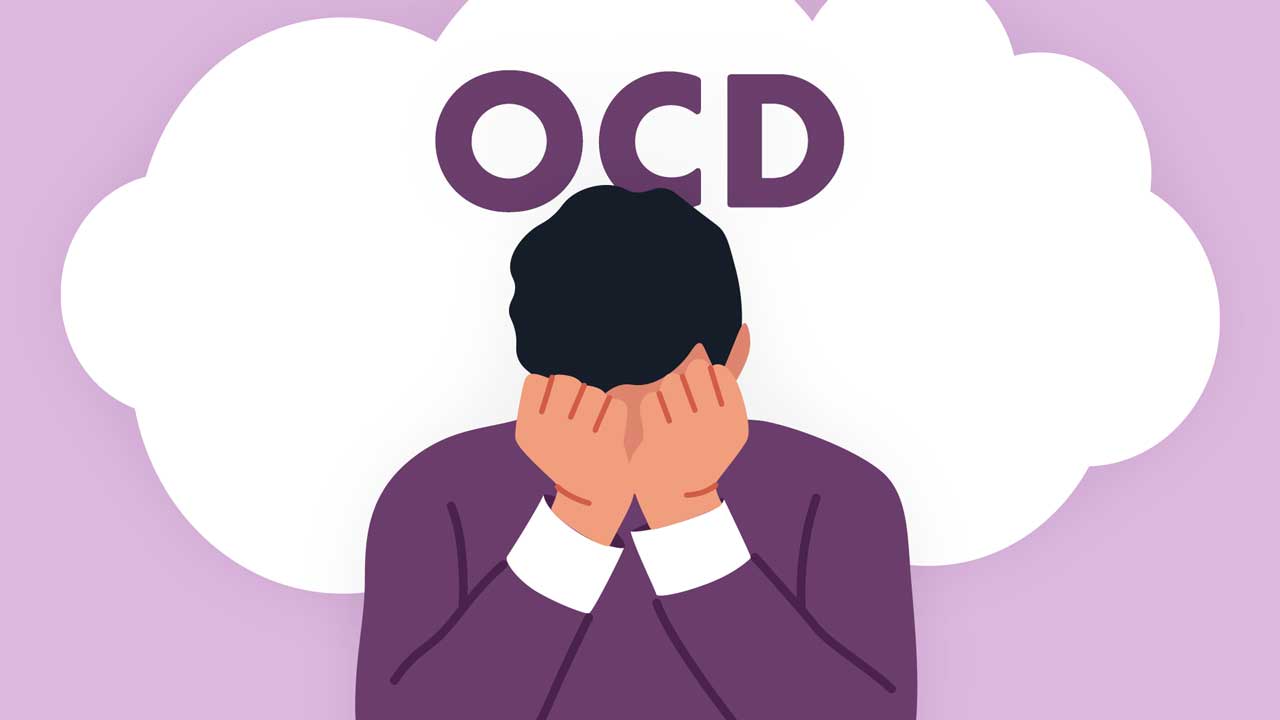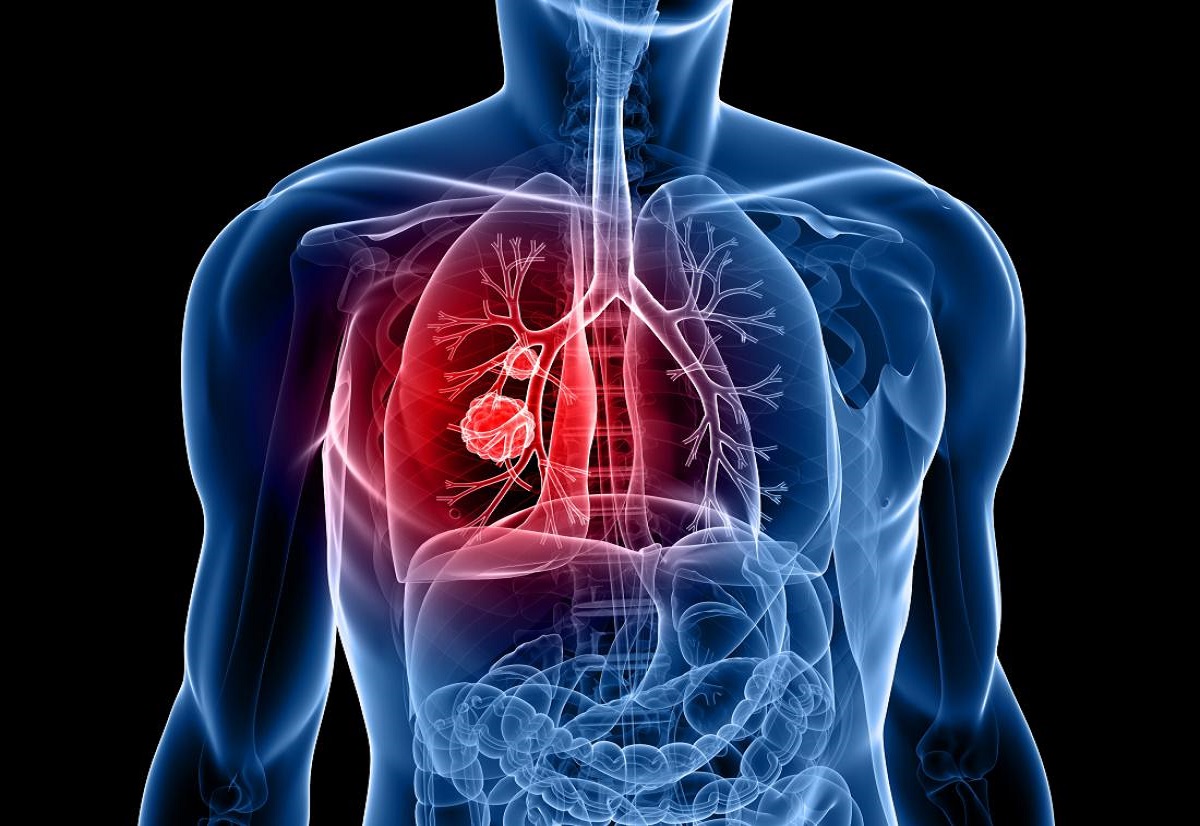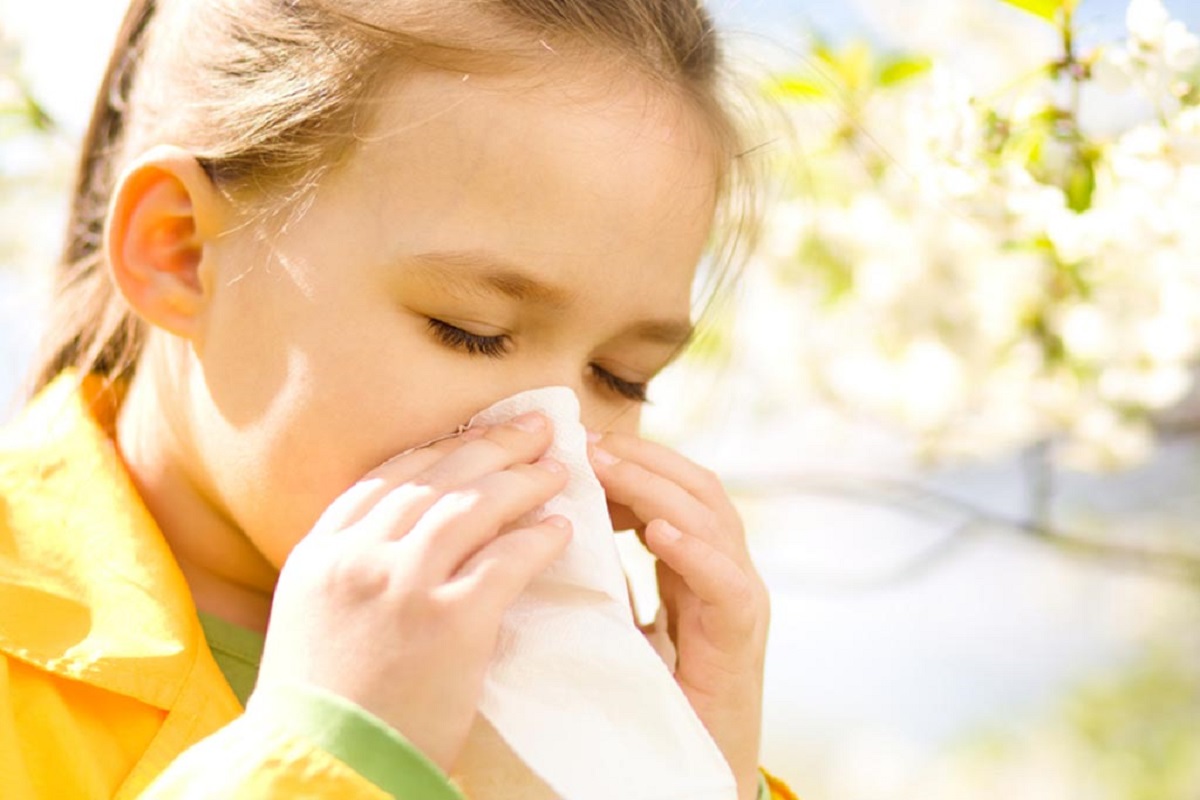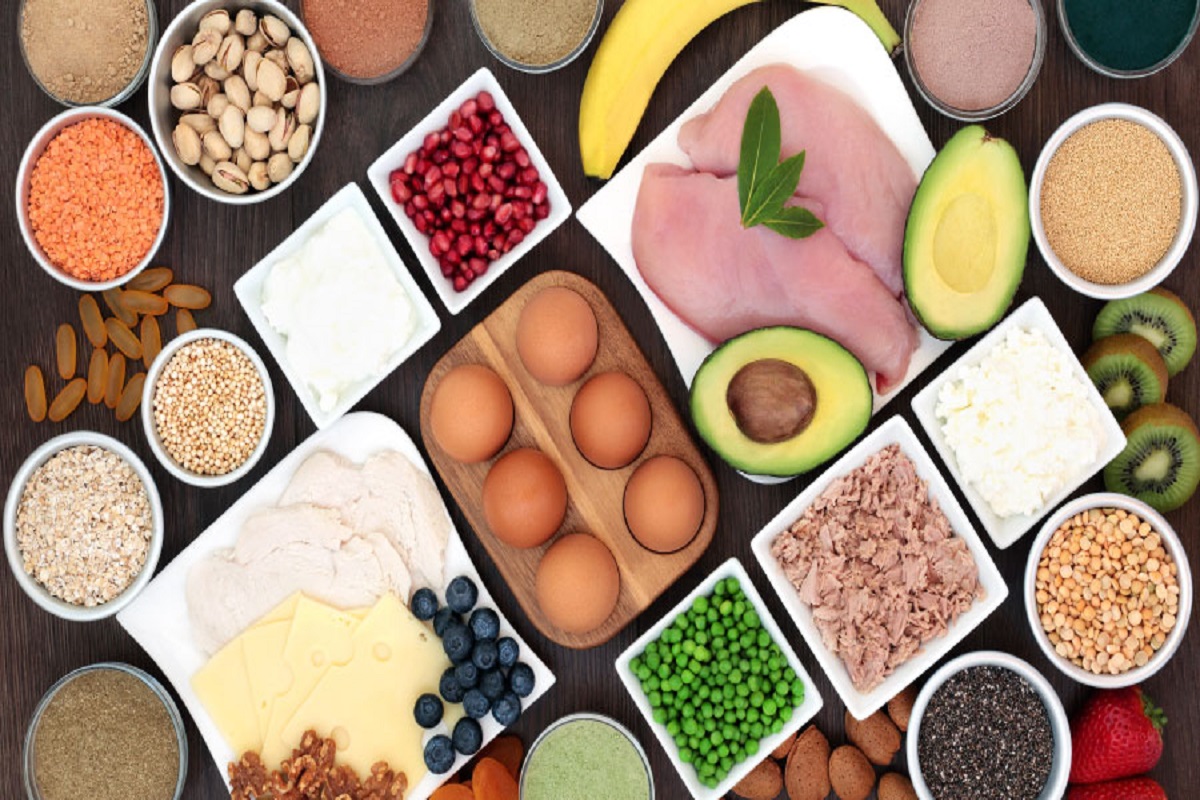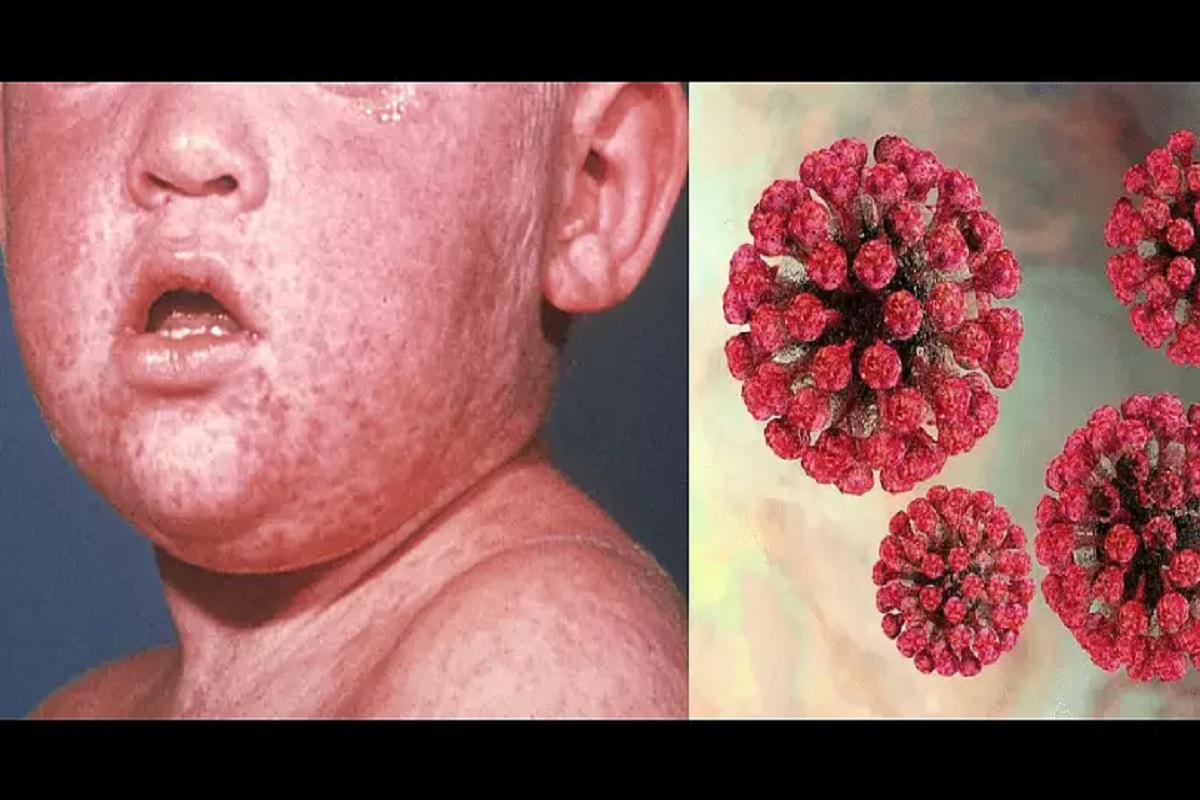Dealing with chronic pain and inflammation can be tough but did you know that what you eat can make a difference? Certain foods have the power to ease discomfort and promote overall well-being. In this article, we’ll explore eight simple and tasty options that may help reduce chronic pain and inflammation. Remember, it’s always a good idea to talk to your doctor or a nutritionist before making significant changes to your diet.
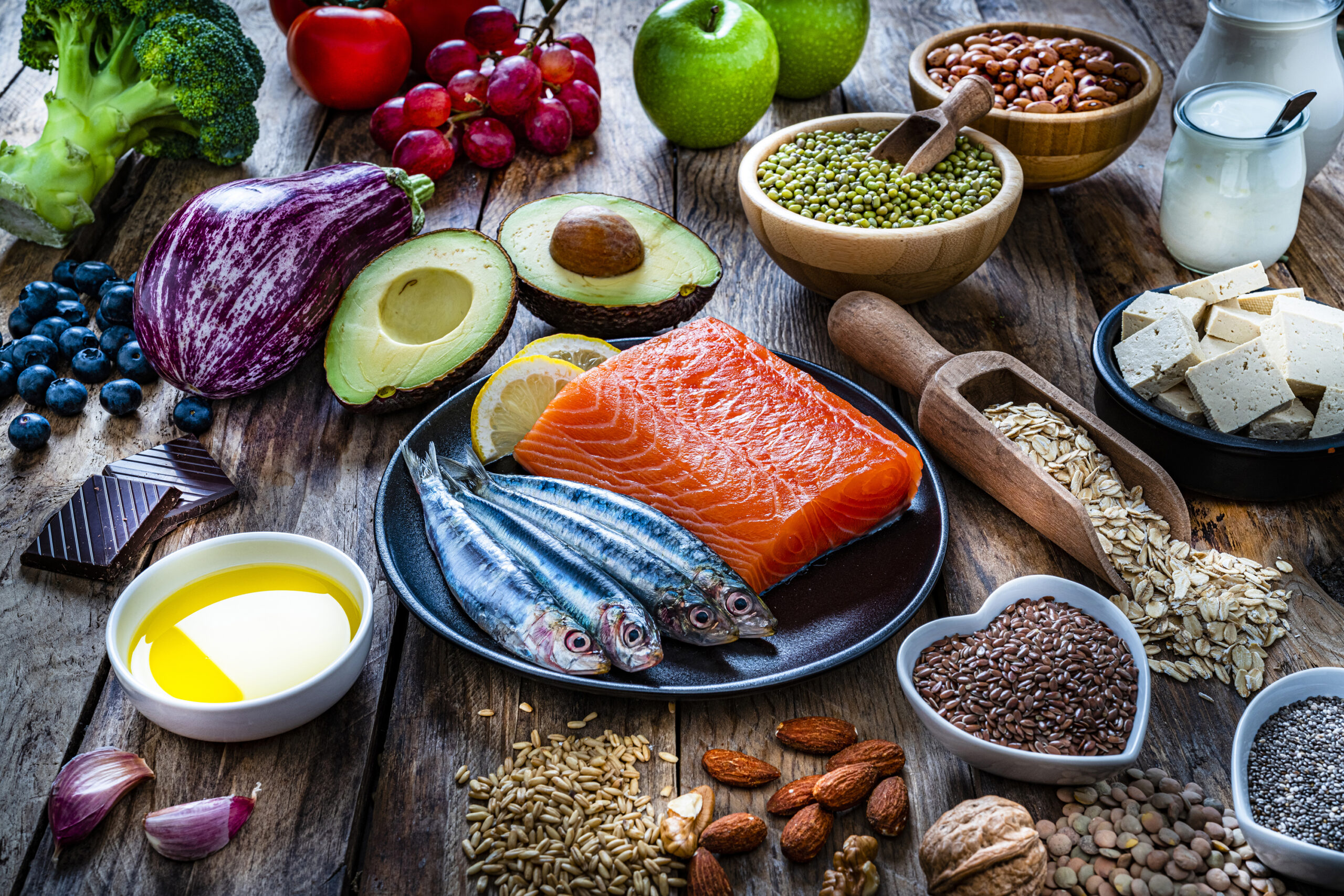
Fatty Fish
Fatty fish, like salmon, mackerel, and trout, are rich in omega-3 fatty acids. These healthy fats have anti-inflammatory properties that may help alleviate chronic pain. Adding fish to your diet a couple of times a week can contribute to reducing inflammation in your body.
Berries
Berries, such as strawberries, blueberries, and raspberries, are packed with antioxidants. Antioxidants fight inflammation and can be helpful in managing chronic pain. They are not only delicious but also a colorful and healthy addition to your meals or snacks.
Broccoli
Broccoli is a cruciferous vegetable that contains a compound called sulforaphane. This compound has anti-inflammatory and antioxidant effects, making broccoli a valuable food in combating chronic pain. Whether steamed, roasted, or added to a salad, broccoli is an easy and nutritious choice.
Turmeric
Turmeric is a spice with a golden-yellow color that contains curcumin, known for its powerful anti-inflammatory properties. You can add turmeric to your dishes or enjoy it in a warm cup of turmeric tea. This spice has been used for centuries in traditional medicine for its potential health benefits.
Ginger
Ginger is another spice known for its anti-inflammatory properties. Whether grated into dishes, brewed into tea, or added to smoothies, ginger can be a flavorful and effective way to reduce chronic pain and inflammation. It’s a versatile ingredient that can easily become a part of your daily routine.
Cherries
Cherries, especially tart cherries, contain antioxidants and anti-inflammatory compounds. Some studies suggest that consuming cherries or cherry juice may help reduce symptoms of inflammation and arthritis. Fresh or frozen, cherries can be a tasty and healthy snack.
Olive Oil
Olive oil is a staple in the Mediterranean diet and is rich in monounsaturated fats and antioxidants. These components provide anti-inflammatory benefits and may help alleviate chronic pain. Use olive oil in salad dressings, for cooking, or as a dip for whole-grain bread.
Nuts
Nuts, such as almonds, walnuts, and pistachios, are packed with healthy fats, fiber, and antioxidants. These nutrients contribute to reducing inflammation and may aid in managing chronic pain. A handful of nuts makes for a convenient and satisfying snack.
Incorporating these foods into your diet may offer a natural and delicious way to combat chronic pain and inflammation. However, it’s essential to maintain a balanced diet, stay hydrated, and consult with healthcare professionals for personalized advice. Remember, small changes in your eating habits can lead to significant improvements in your overall well-being.
